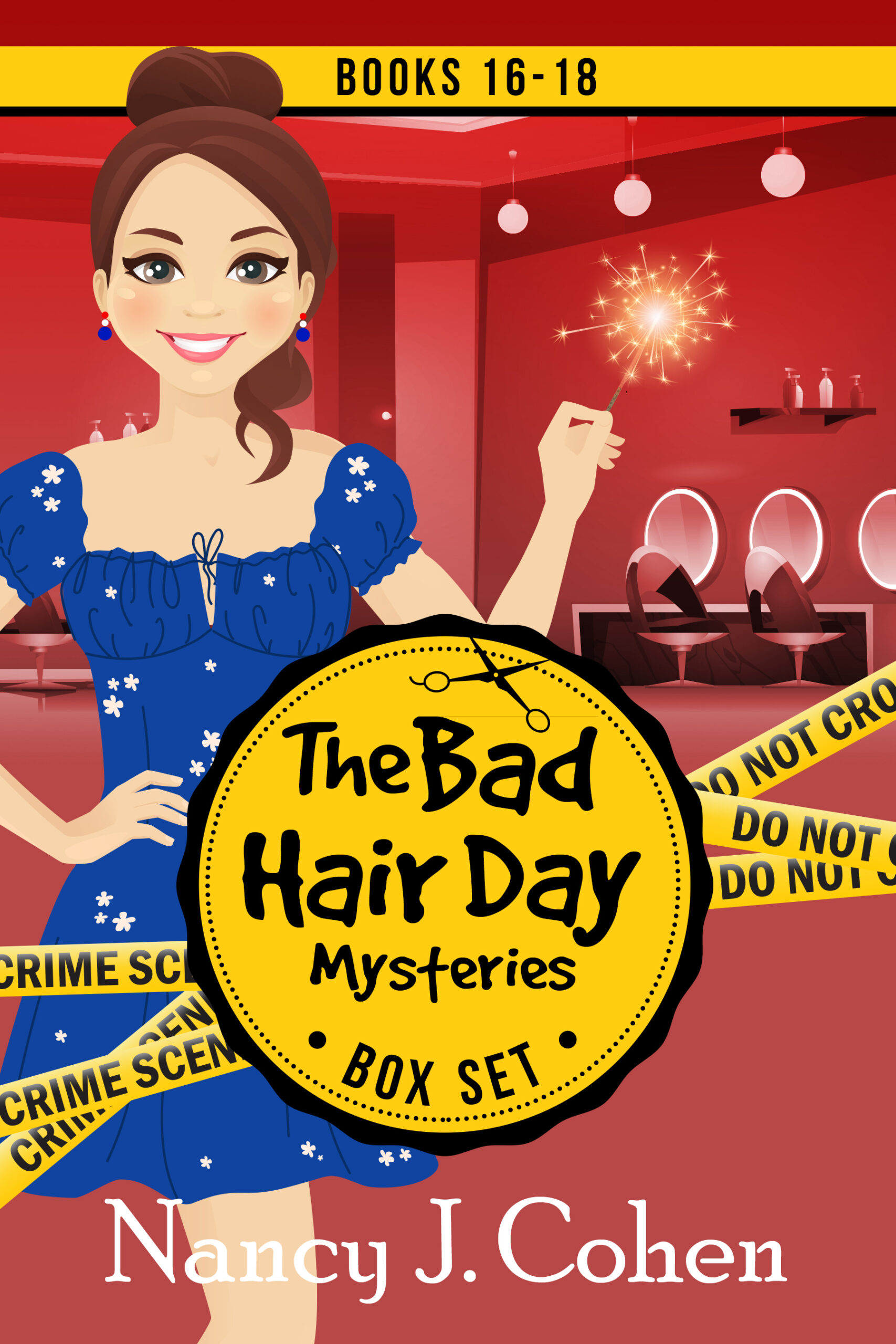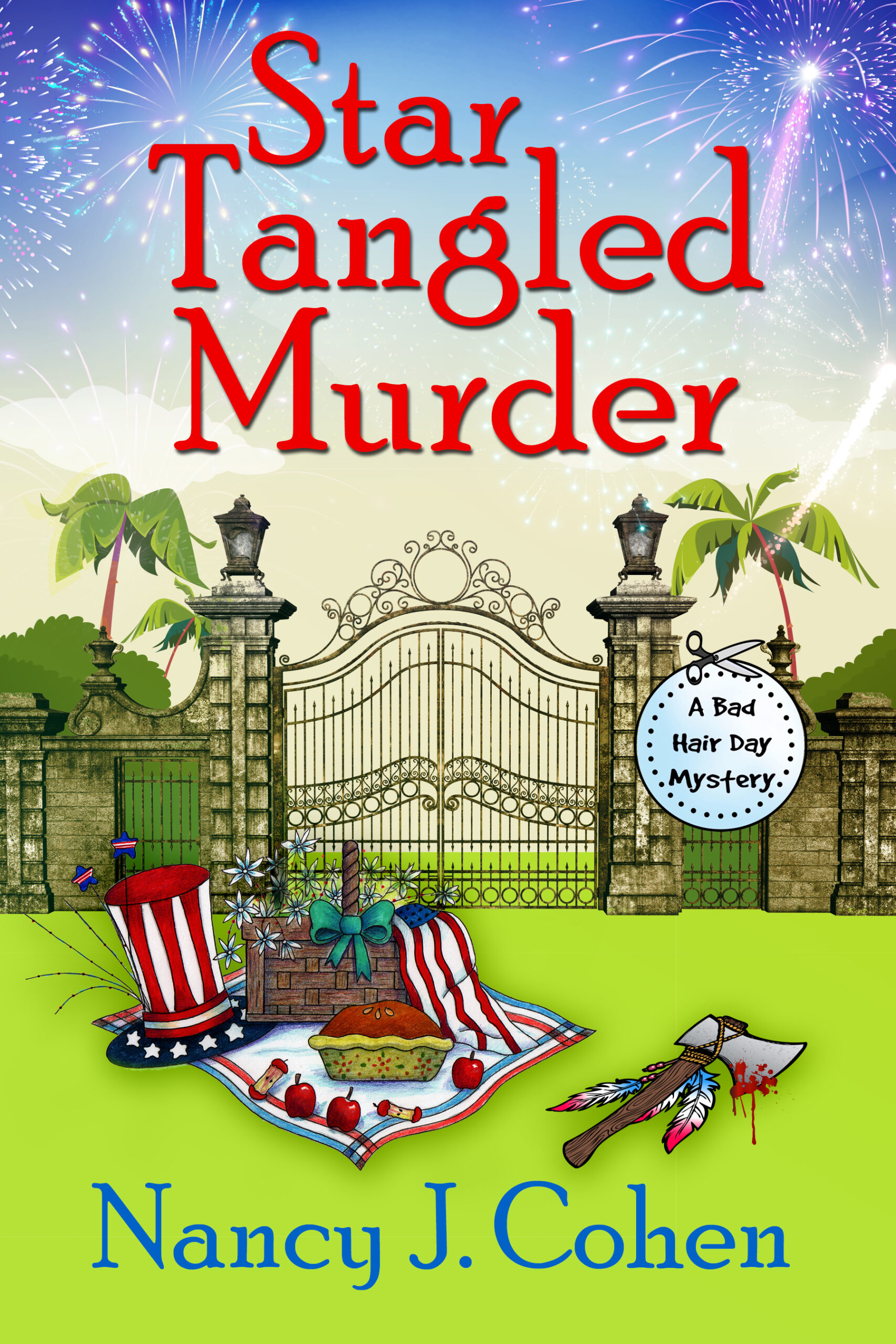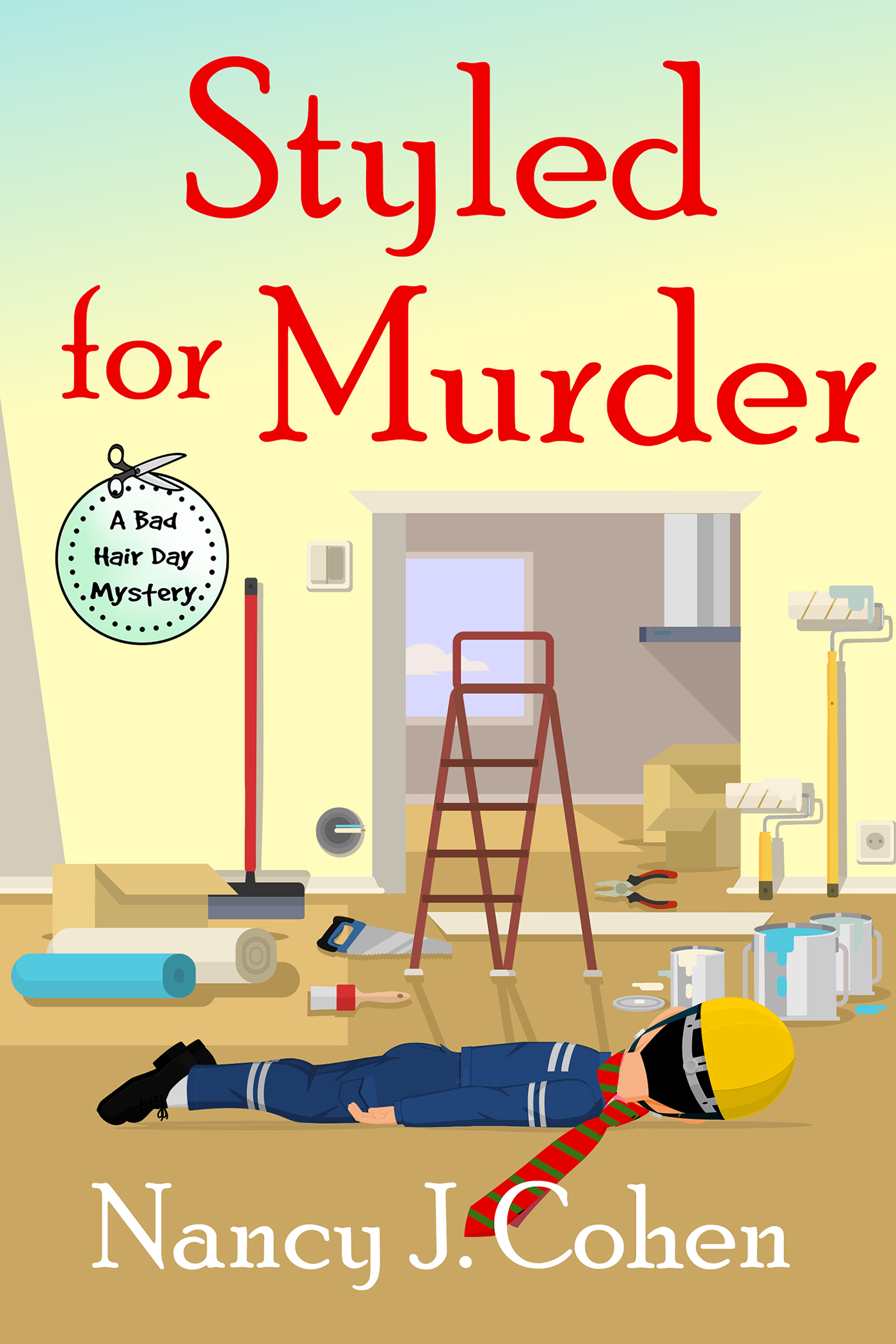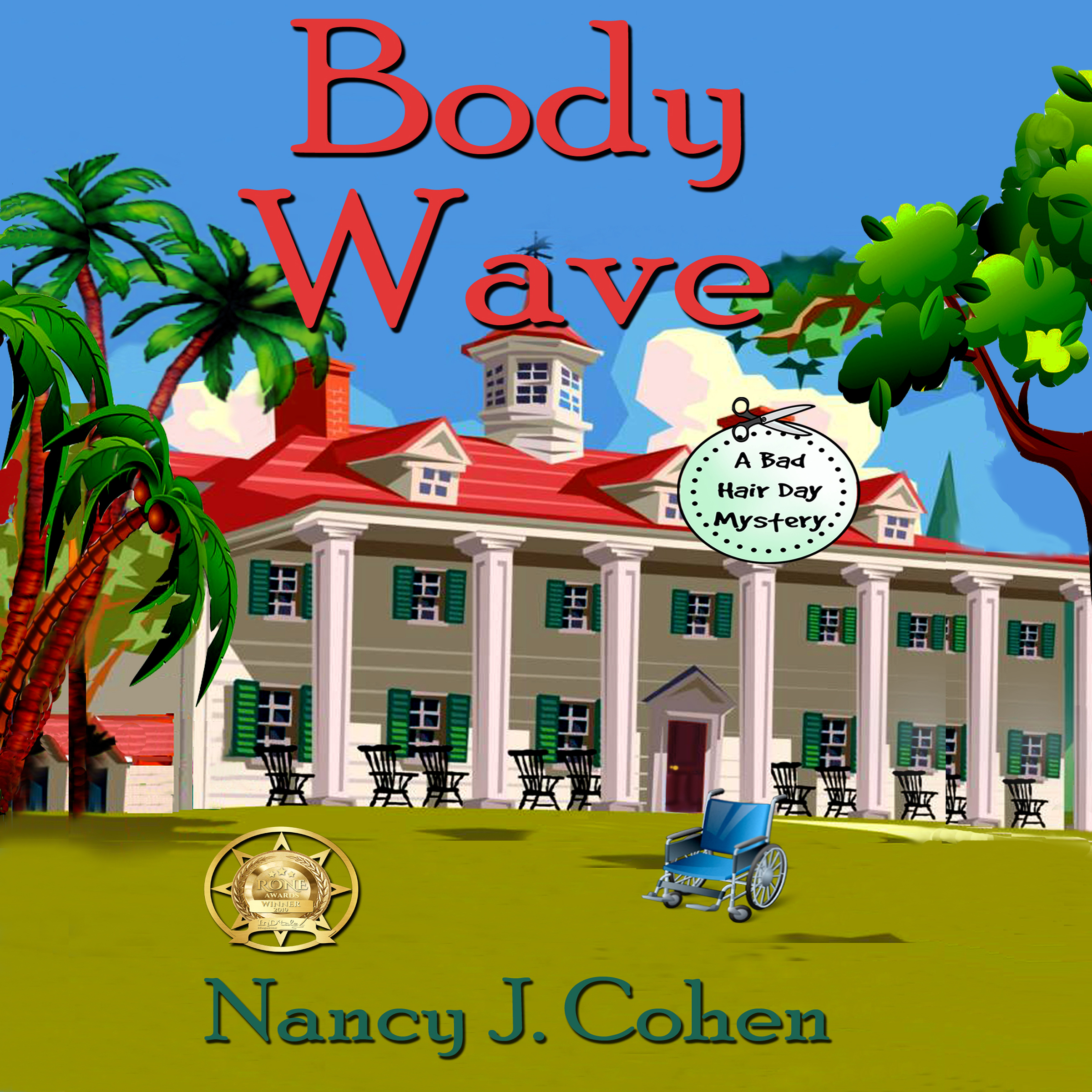Self-Publishing Made Simple – Manuscript Preparation
Reissuing Your Backlist Titles
1. For older works where you don’t have a cohesive master file, you may need to use a scanning company such as Blue Leaf (http://www.blueleaf-book-scanning.com/). You’ll need a print copy to send in, and it won’t be returned. Send the version that’s the most up to date, i.e. later paperback instead of original hardcover.
2. After receiving your digital copy, review the story to correct formatting errors. Turn on the paragraph symbol in Word and look for weird symbols in between letters, missing or wrong punctuation, misinterpreted words, and misspellings. Search for ^- or an optional hyphen. Look for “die” instead of “the” or the number 1 instead of “I.” Italics might be missing or bolded instead. Look for “rn” coming out as “m”, such as “comer” instead of “corner.” In other cases “tly” might come as “dy”, as in “slighdy instead of “slightly.” Quote marks might be reversed, or there could be section breaks instead of page breaks.
3. If your publisher has provided you with a final pdf file, or you’ve downloaded an ebook file, you can use Calibre Ebook Management (https://calibre-ebook.com/) or Zamzar (https://www.zamzar.com/) to convert it into Word. However, the formatting may be messed up. In this case, copy the entire document onto a blank sheet and save it as a text file. Click on Remove Formatting (see symbol on Home page). Then reformat and save it as a Word file. You will lose italics but any weird justifications will be gone. You’ll have to read through the story very carefully adding in italics and looking for spacing errors or other problems as above.
4. Decide if you mean to revise the work and update the technology in the story.
Original Works
For a full-length original novel, hire a developmental editor and a copy editor/proofreader. Join author groups online and ask for names of editors who have experience in your fiction genre. You don’t want the local newspaper editor who’s your friend. Fiction is about structure and pacing along with grammar. You need an editor familiar with genre conventions. Experience at a publishing house is a plus.
Use a program such as Smart Edit (https://www.smart-edit.com/) to look for redundancies and repetitions. Revise your work as many times as necessary to give it professional polish. Ask beta readers to critique your story. Make it the best it can be and don’t be impatient, or your lack of care will show in customer reviews.
General Formatting Notes
I hire a professional formatter, so this section isn’t in my realm of expertise. However, I can share that we use Times New Roman 12 pt. font, 1 inch margins, indent first line 0.33 inches, Widow/Orphan off, single spacing. I put a page break at the end of each chapter. My chapter headings use Heading 1 so they get marked for the table of contents. The line of each chapter is flush left as per my preference. There are lots more choices here, but I’m not going into further details because your formatting source might advise something different. Or you can upload your Word file to one of the aggregators and they’ll do the conversions for you. More on this in a subsequent post.
The main point of this section is to be sure you have a polished, edited work that you’ll be proud to share. You can hire a formatter or learn how to do it yourself, but that’s later down the road after your manuscript is ready.
Self-Publishing Made Simple - Part 2: Preparing Your Manuscript #indiepublishing #amwriting Click To TweetComing Next: Adding Front and Back Material
Are you interested in reissuing backlist titles or publishing new, original works?
2 thoughts on “Self-Publishing Made Simple – Part 2”
Comments are closed.
























Both for now. Tough Luck Lane will revert back to me in Jan 2020. Indigo Hour & The Third Persuasion are still in process. Very intriguing, thank you.
That’s good Lois, you can plan ahead for the rights reversion.